It’s hard to find the superlatives to qualify the level of success that Marvel Studios has achieved over the past decade as it became one of the biggest media franchises of all time. But even though its success is essentially a product of several good decisions concerning cast and director choices, having both a well thought out plan and the shrewdness to understand what storylines to adapt from the comics, that wasn’t always the case.
There were a few instances when the situation presented itself as a blessing in disguise, and others where choices were so limited, to begin with, that there wasn’t much room for anything else other than what ended up happening. This can all be traced back to 2005/2006 when Marvel Studios announced they were working on the Iron Man.
A limited number of characters available.
Following a period of financial instability, the rights for the biggest names in the Marvel catalog weren’t available to develop features around. Therefore, when trying to launch a Cinematic Universe, there was no choice but to go with b-list and c-list characters, like Iron Man, and slowly develop their stories so general audiences would begin to care for these, in their eyes, unexplored origin stories. This allowed for each character to have the time they needed to be properly introduced and gain the relevance that, a decade later, has made us care about where they ended up. In a parallel universe where the rights for the entire Marvel roster were available from the start, it’s very likely that we wouldn’t have gotten so many character trilogies that truly became the backbone of the MCU, as the urge to go through the largest number of characters would make it impossible to find the time to spend three movies with each of them. All the team-ups and the ensemble movies are great, but they really stood on the shoulders of the growth each character when through on their solo outings.

A crowd-pleasing structure
The limited characters available probably also led to the structure the MCU followed for the first few years, which proved to be a resounding success with audiences. By choosing to explore characters general audiences weren’t familiar with, origin stories were the way to go and this meant that team-up movies would have to wait until each member was properly introduced. Had the rights to characters like Spider-Man, the X-Men or the Fantastic Four stayed with the company, it would perhaps be expected for them to have a similar treatment that the MCU’s Spider-Man ended up having, where its origin story was skipped (since it was already fairly known) in order to dive head-first into a huge ensemble movie, and only later going into its solo feature. The structure the MCU ended up following through to The Avengers (and later replicated up until Endgame) ended up being a winning formula, as it gave audiences the time to become increasingly interested in the franchise, growing exponentially. That way, when the climactic story event did occur, its cultural impact was deepened, making the post-Avengers MCU a reasoned reality.
An off-year
The COVID-19 Pandemic disrupted the entire movie industry. But at a time when many were questioning what the MCU had to offer in a post-Endgame reality, the off-year 2020 became might have ended up helping to reinvigorate the hype surrounding the franchise as a whole. There is no way that this sort of hiatus would have happened unless the circumstances made it so as after Endgame there was still money to be made, and Disney wouldn’t obviously support the idea that coming to a halt for an entire year would be good for the brand. But the reality was that both production of the streaming shows and the release of the theatrical productions were impacted in a way that left fans clamoring for content throughout the year. When WandaVision premieres on January 15th it won’t be another MCU project, it will be seen as the “highly anticipated return of the biggest franchise of the 21st century”. And the way 2021 is lining up to be, Marvel won’t let their foot off the gas, for the time being, capitalizing on the drought they were forced to endure in the past few months.

Disney+
This return to form wouldn’t be possible without a streaming service that began to develop before Marvel Studios even knew it would be as crucial to their future as it has ended up becoming. With movie theaters mostly closed, and with audiences still turning their backs on the theatrical experience, having Disney+ at their disposal is invaluable, to say the least.
It’s a project that obviously took a lot of investment on Disney’s part, it didn’t just manifest itself from thin air, but the timing of it all couldn’t be more perfect. By knowing that the service would be available to them by late 2019, Marvel began developing a number of streaming shows that, in the current circumstances, will prove essential for it to regain its momentum, reestablishing itself as the benchmark for cinematic franchises. And now, as they prepare their comeback after more than a year away from the public eye, having a number of properties ready to present will make said project much easier to accomplish. Streaming will also present itself as a valid alternative to theaters should it come to that in the near future. But that’s a story for another day.







